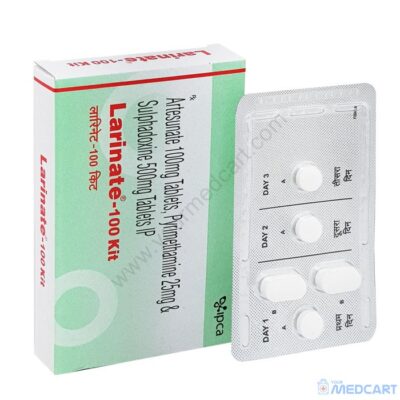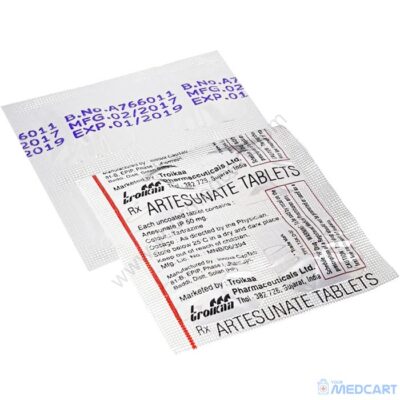A fever is a general sign of illness, but that’s not certainly a bad thing. Fevers seem to play a crucial role in fighting diseases. So should you treat an illness or let the fever run in its direction? Here’s help making the call.
These instructions are for generally healthy people — for instance, those who are not immunocompromised or taking chemotherapy drugs and haven’t recently had surgery.
The values listed in the table below are for temperatures used with rectal and oral thermostats. These thermoelectric present the most precise degree of core body temperature. Other thermostats, such as ear (tympanic membrane) or forehead (temporal artery) thermometers, although convenient, provide less accurate temperature measurements.
Select options
This product has multiple variants. The options may be chosen on the product page
Select options
This product has multiple variants. The options may be chosen on the product page
Select options
This product has multiple variants. The options may be chosen on the product page
Select options
This product has multiple variants. The options may be chosen on the product page
Select options
This product has multiple variants. The options may be chosen on the product page
Select options
This product has multiple variants. The options may be chosen on the product page
Select options
This product has multiple variants. The options may be chosen on the product page
Select options
This product has multiple variants. The options may be chosen on the product page
Sale !
Select options
This product has multiple variants. The options may be chosen on the product page
Select options
This product has multiple variants. The options may be chosen on the product page
Select options
This product has multiple variants. The options may be chosen on the product page
Select options
This product has multiple variants. The options may be chosen on the product page
















